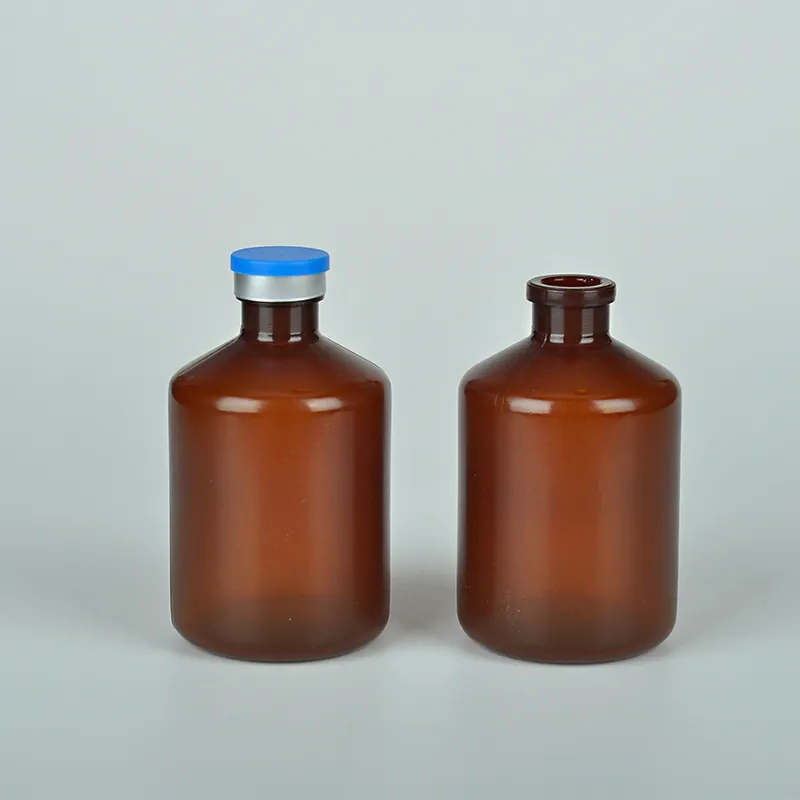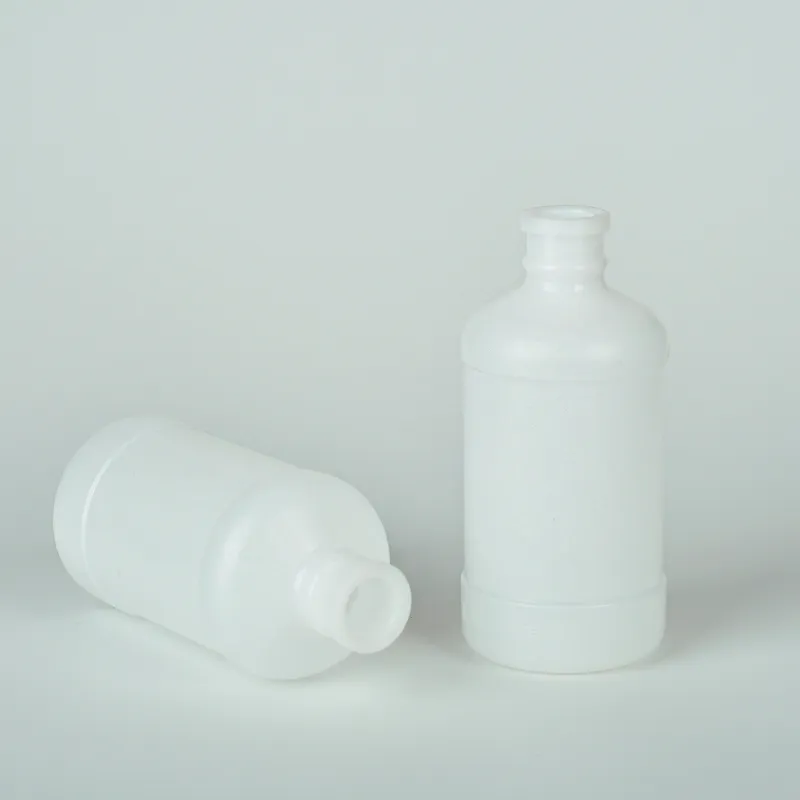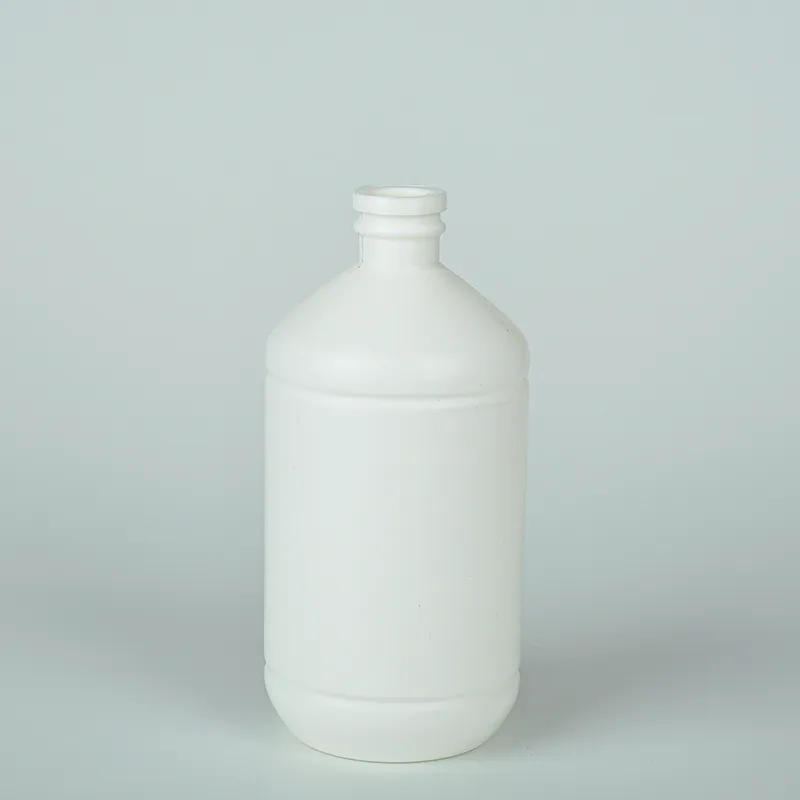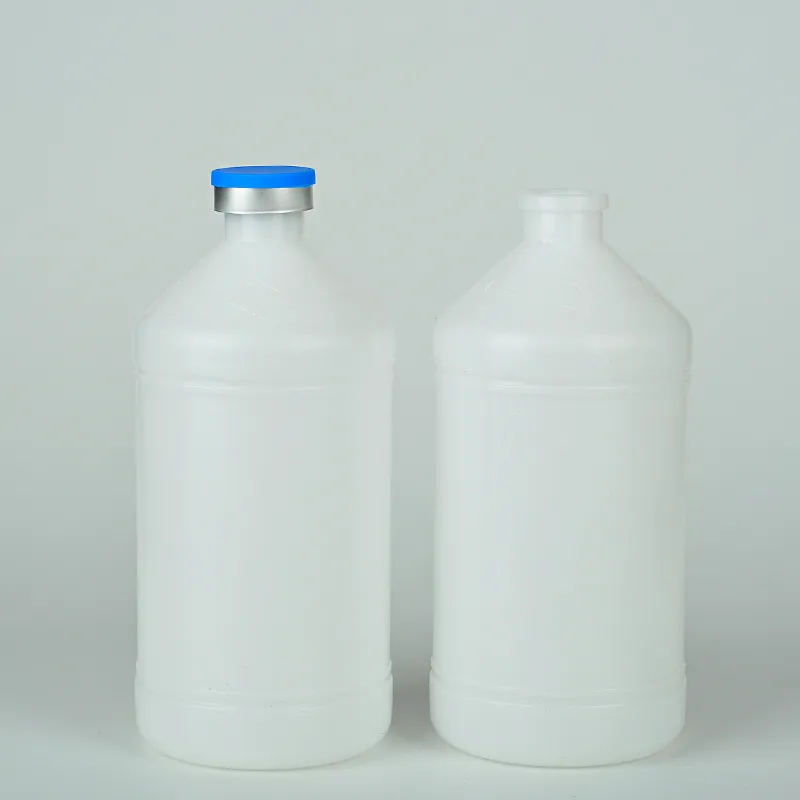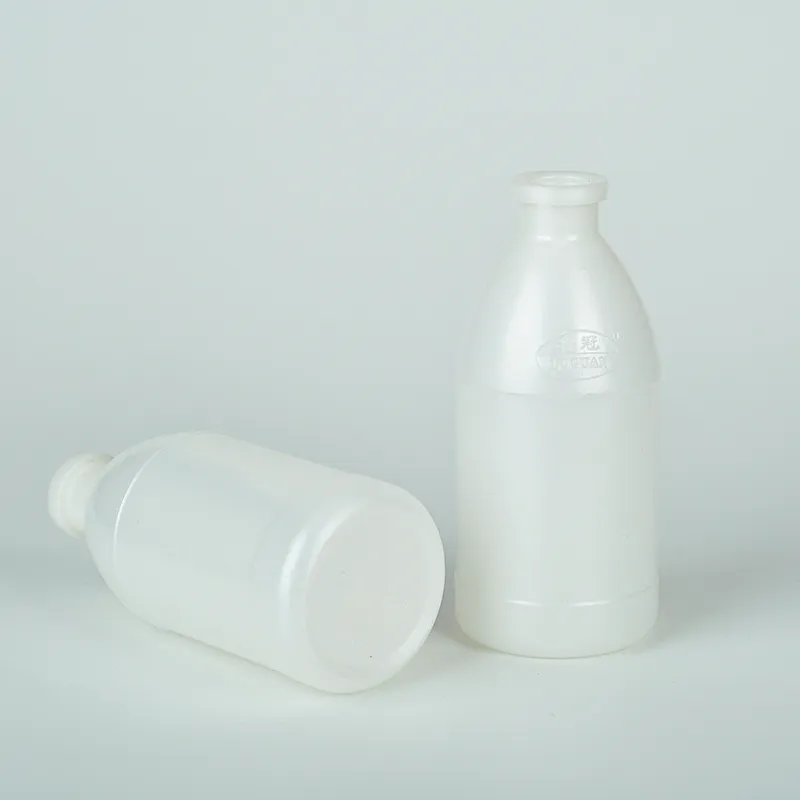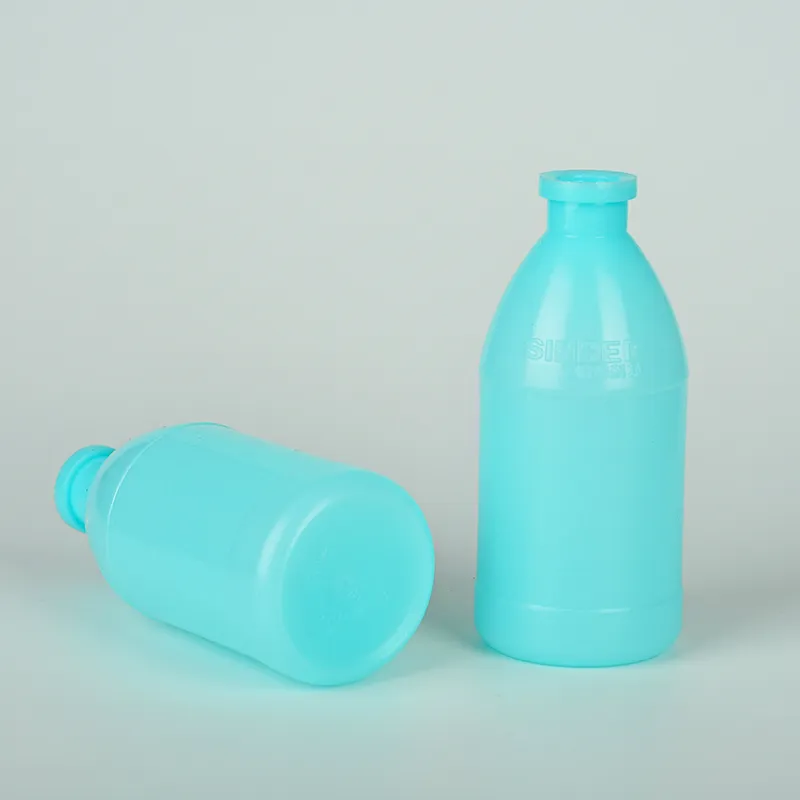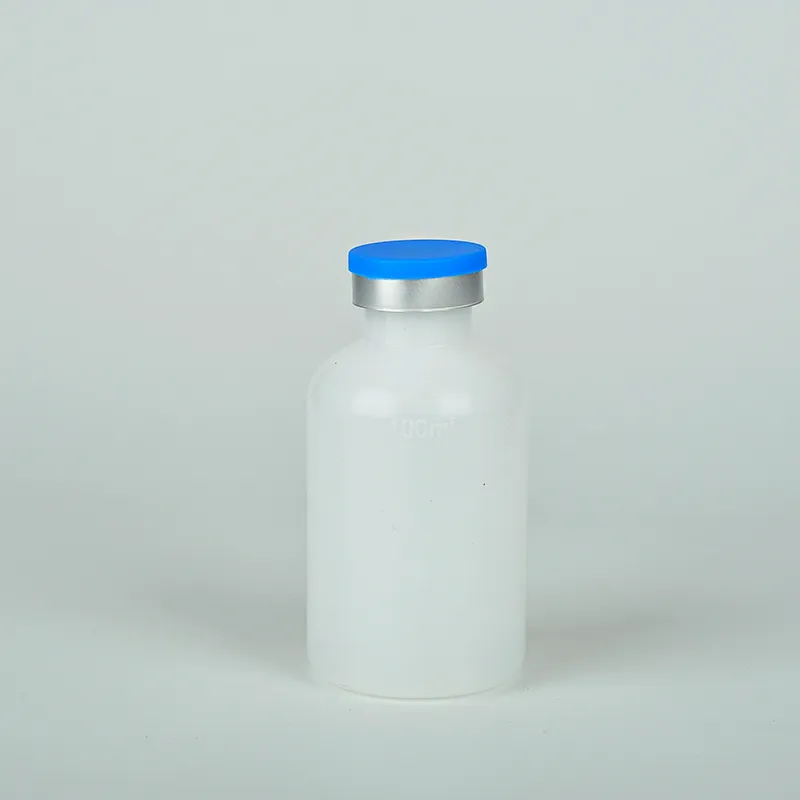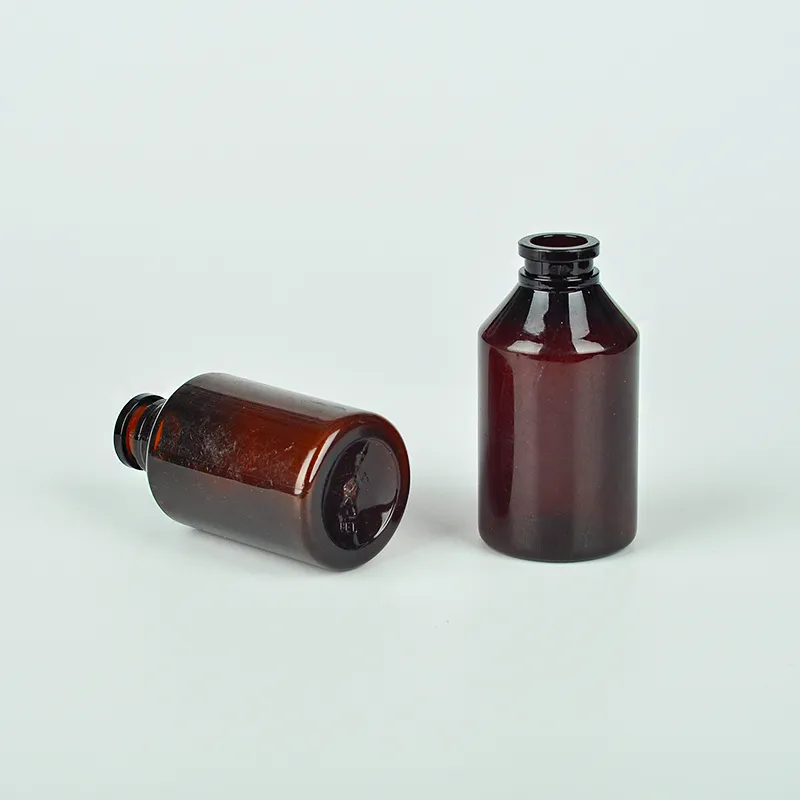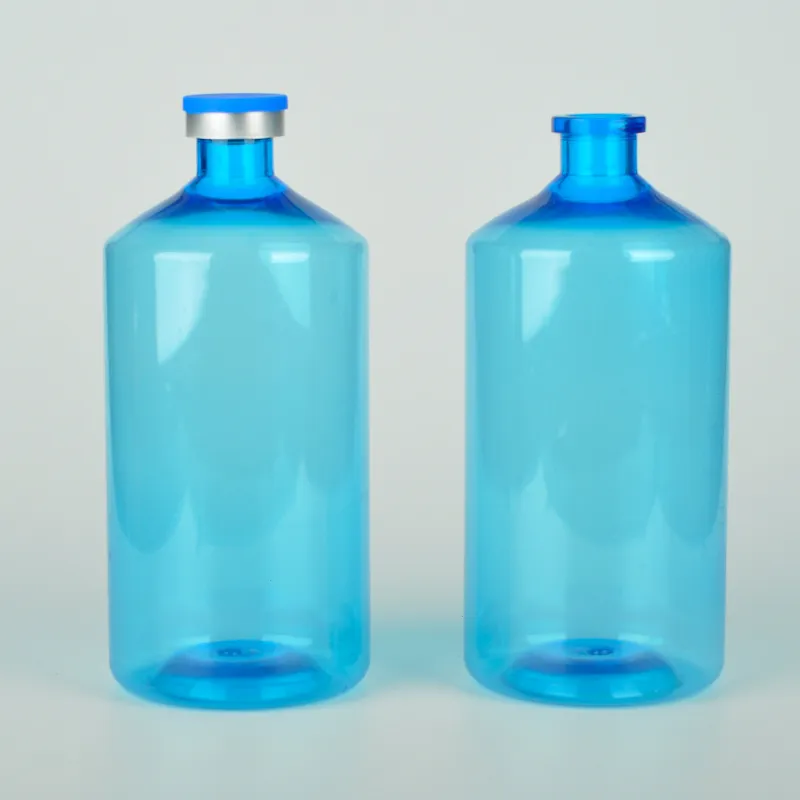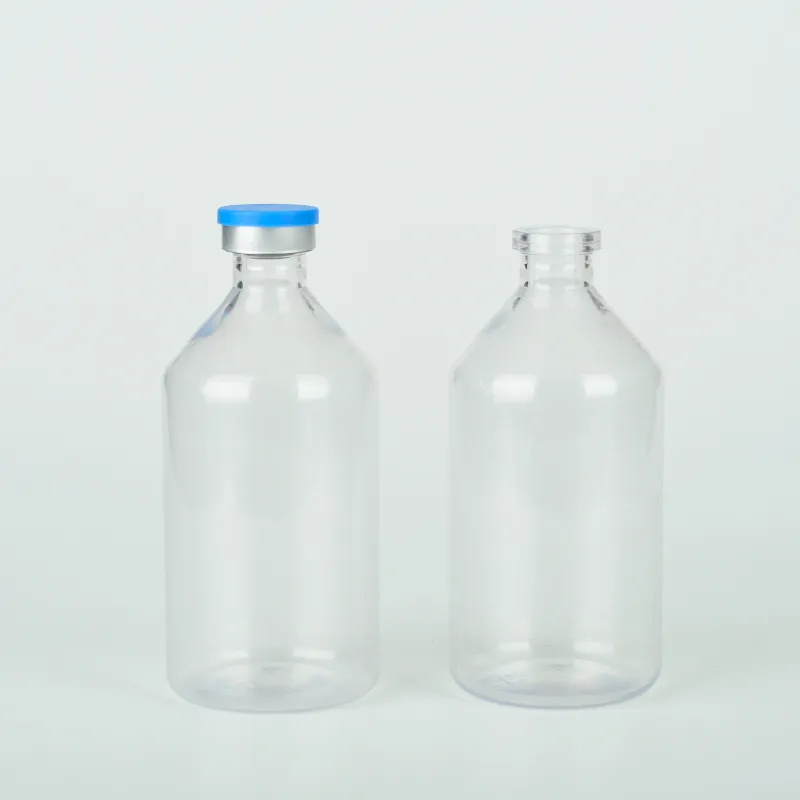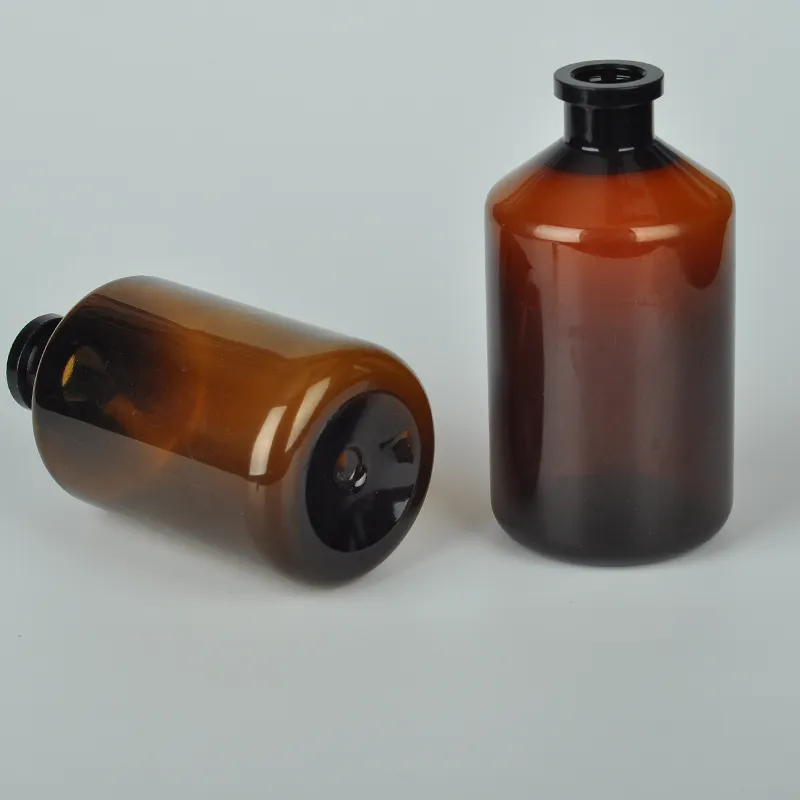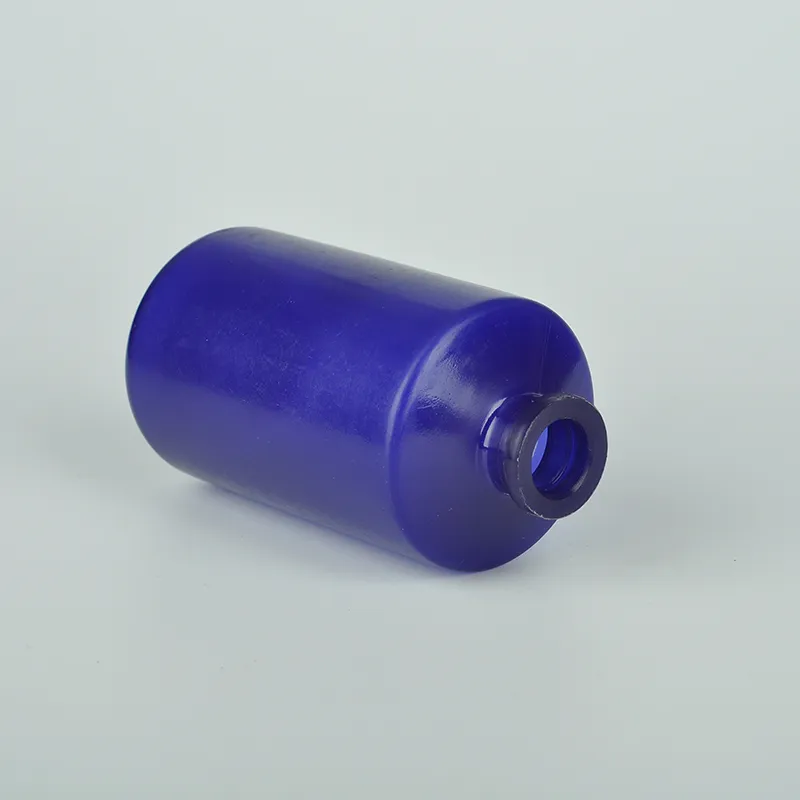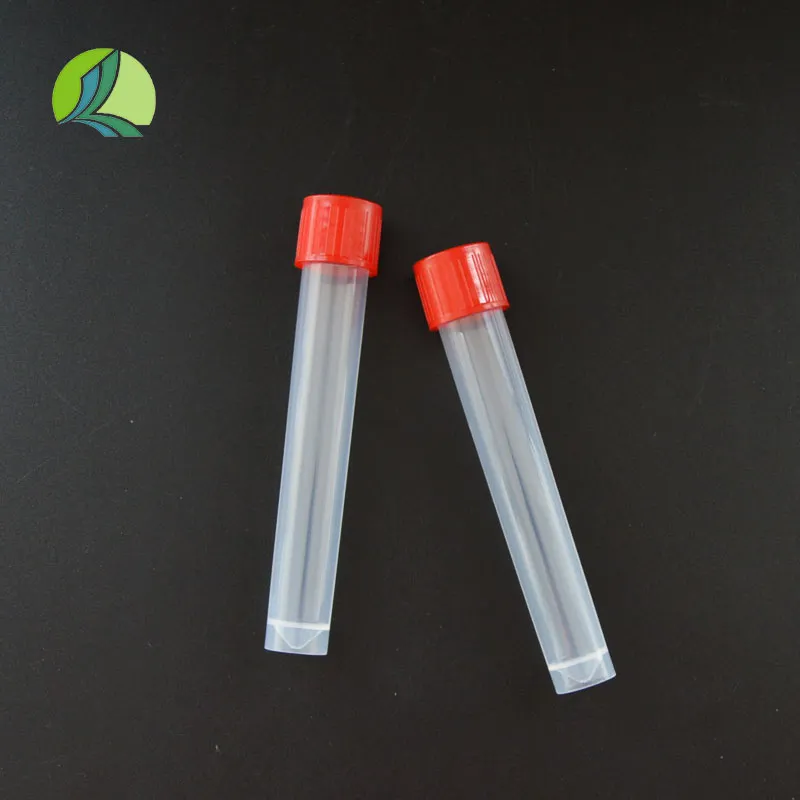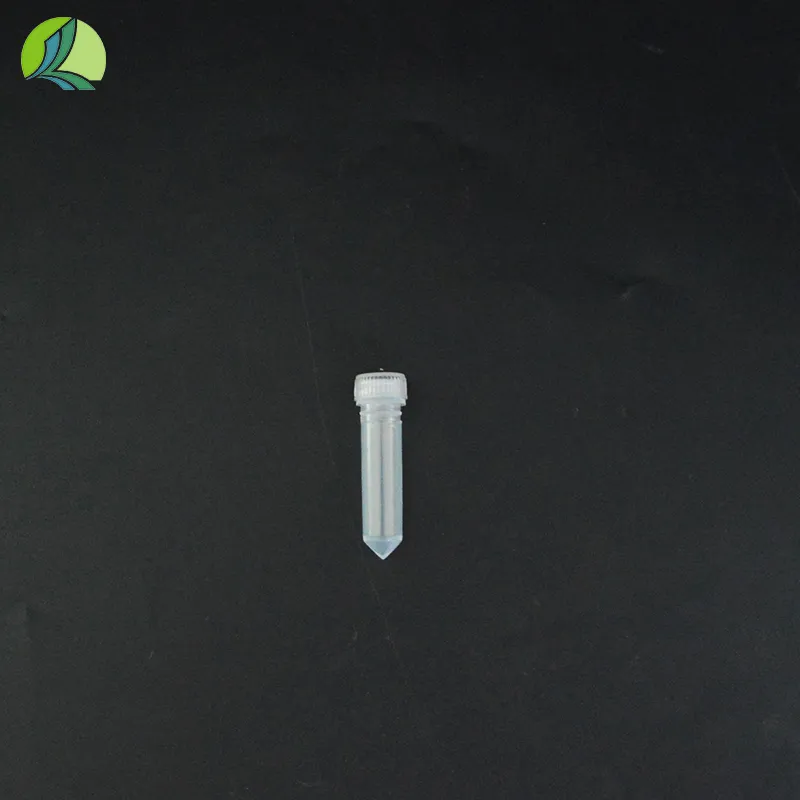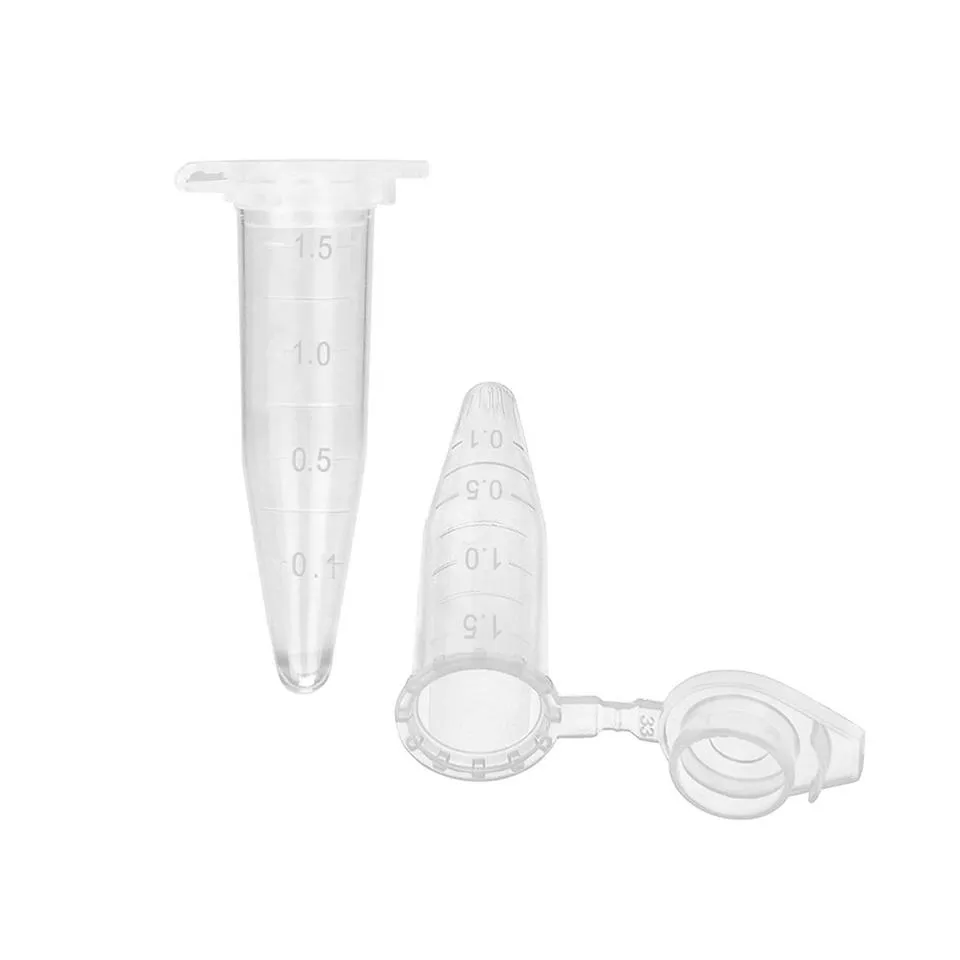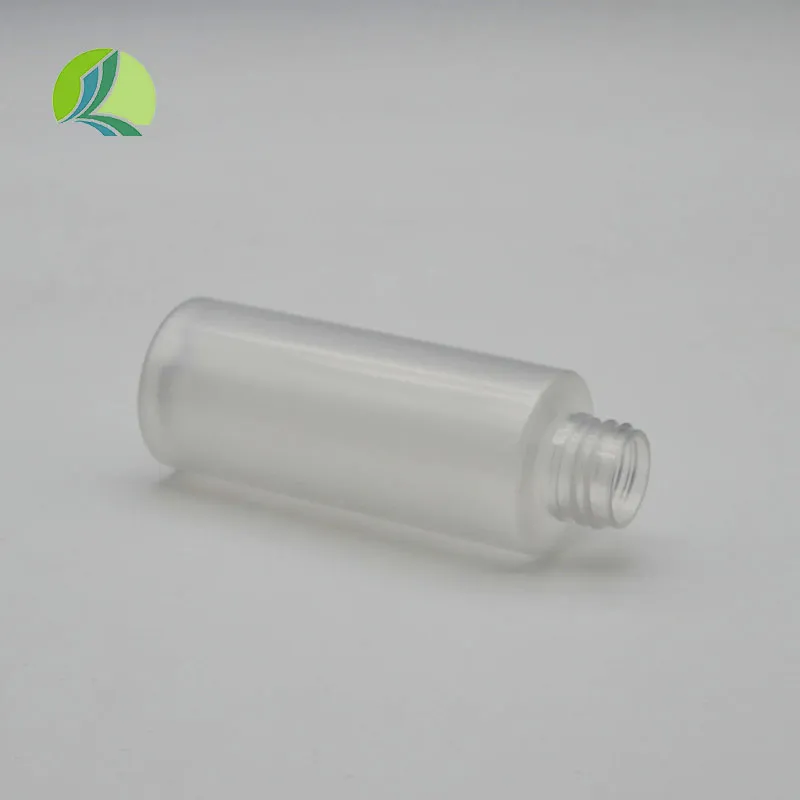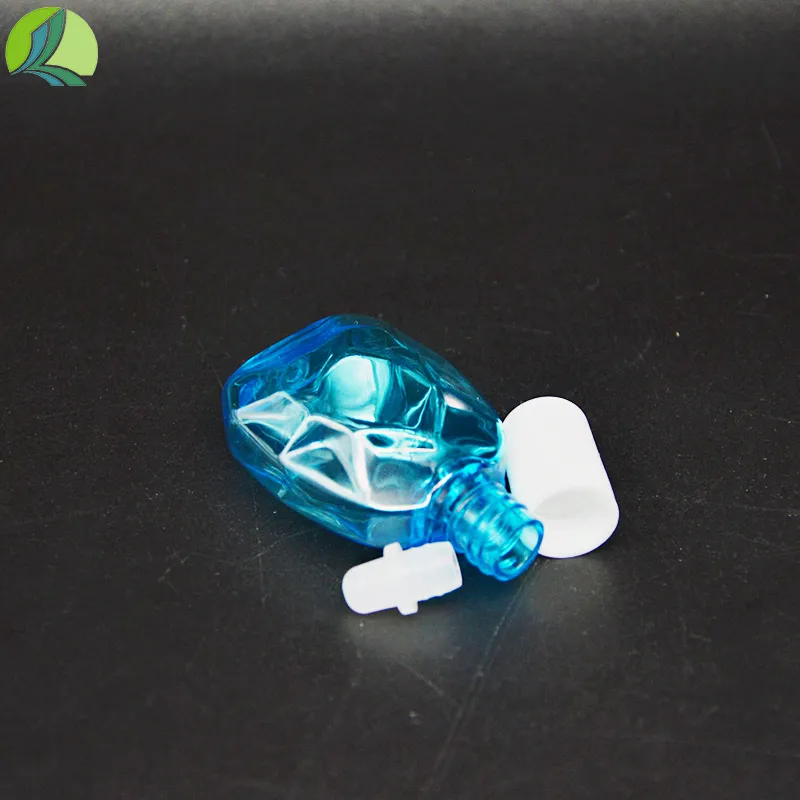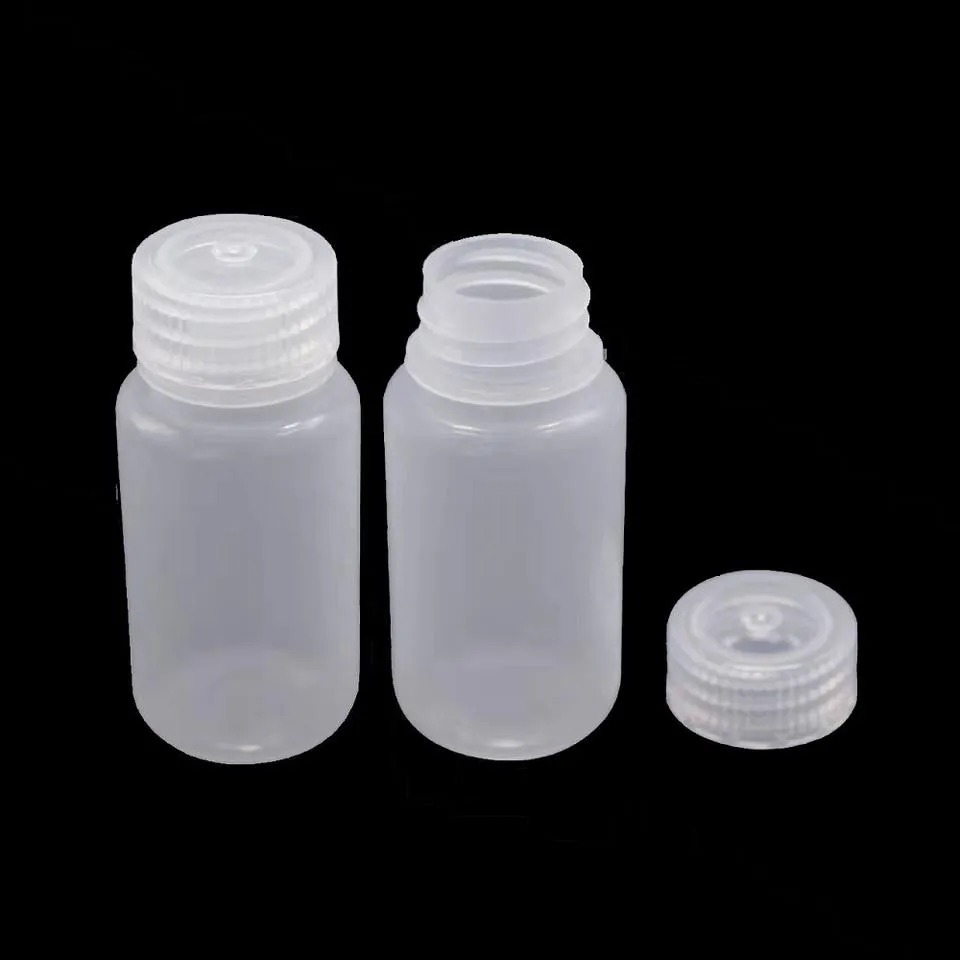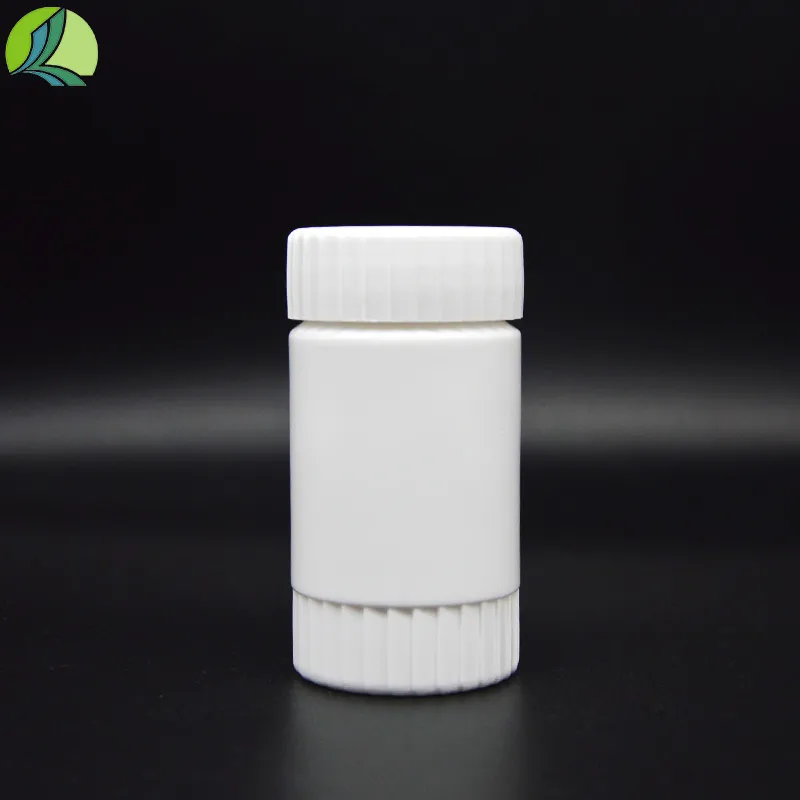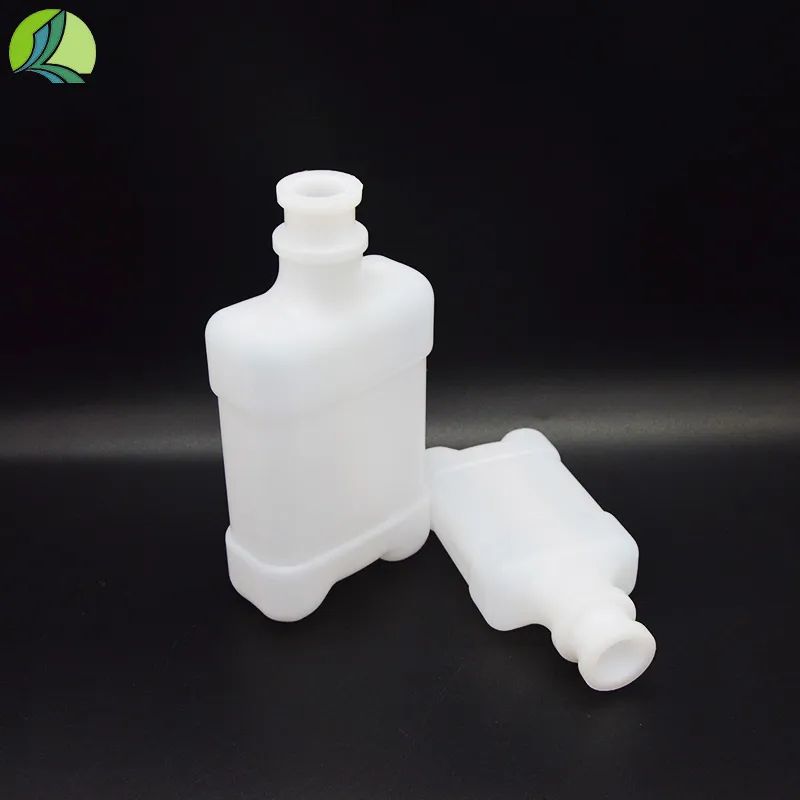
-
 Afrikaans
Afrikaans -
 Albanian
Albanian -
 Amharic
Amharic -
 Arabic
Arabic -
 Armenian
Armenian -
 Azerbaijani
Azerbaijani -
 Basque
Basque -
 Belarusian
Belarusian -
 Bengali
Bengali -
 Bosnian
Bosnian -
 Bulgarian
Bulgarian -
 Catalan
Catalan -
 Cebuano
Cebuano -
 Corsican
Corsican -
 Croatian
Croatian -
 Czech
Czech -
 Danish
Danish -
 Dutch
Dutch -
 енглески језик
енглески језик -
 Esperanto
Esperanto -
 Estonian
Estonian -
 Finnish
Finnish -
 French
French -
 Frisian
Frisian -
 Galician
Galician -
 Georgian
Georgian -
 German
German -
 Greek
Greek -
 Gujarati
Gujarati -
 Haitian Creole
Haitian Creole -
 hausa
hausa -
 hawaiian
hawaiian -
 Hebrew
Hebrew -
 Hindi
Hindi -
 Miao
Miao -
 Hungarian
Hungarian -
 Icelandic
Icelandic -
 igbo
igbo -
 Indonesian
Indonesian -
 irish
irish -
 Italian
Italian -
 Japanese
Japanese -
 Javanese
Javanese -
 Kannada
Kannada -
 kazakh
kazakh -
 Khmer
Khmer -
 Rwandese
Rwandese -
 Korean
Korean -
 Kurdish
Kurdish -
 Kyrgyz
Kyrgyz -
 Lao
Lao -
 Latin
Latin -
 Latvian
Latvian -
 Lithuanian
Lithuanian -
 Luxembourgish
Luxembourgish -
 Macedonian
Macedonian -
 Malgashi
Malgashi -
 Malay
Malay -
 Malayalam
Malayalam -
 Maltese
Maltese -
 Maori
Maori -
 Marathi
Marathi -
 Mongolian
Mongolian -
 Myanmar
Myanmar -
 Nepali
Nepali -
 Norwegian
Norwegian -
 Norwegian
Norwegian -
 Occitan
Occitan -
 Pashto
Pashto -
 Persian
Persian -
 Polish
Polish -
 Portuguese
Portuguese -
 Punjabi
Punjabi -
 Romanian
Romanian -
 Russian
Russian -
 Samoan
Samoan -
 Scottish Gaelic
Scottish Gaelic -
 Serbian
Serbian -
 Sesotho
Sesotho -
 Shona
Shona -
 Sindhi
Sindhi -
 Sinhala
Sinhala -
 Slovak
Slovak -
 Slovenian
Slovenian -
 Somali
Somali -
 Spanish
Spanish -
 Sundanese
Sundanese -
 Swahili
Swahili -
 Swedish
Swedish -
 Tagalog
Tagalog -
 Tajik
Tajik -
 Tamil
Tamil -
 Tatar
Tatar -
 Telugu
Telugu -
 Thai
Thai -
 Turkish
Turkish -
 Turkmen
Turkmen -
 Ukrainian
Ukrainian -
 Urdu
Urdu -
 Uighur
Uighur -
 Uzbek
Uzbek -
 Vietnamese
Vietnamese -
 Welsh
Welsh -
 Bantu
Bantu -
 Yiddish
Yiddish -
 Yoruba
Yoruba -
 Zulu
Zulu
Reagent Bottles: Essential Tools for Chemical Experimentation
A reagent bottle is a crucial piece of laboratory apparatus used to store and handle chemicals, solvents, and reagents for scientific experiments. In chemistry, accurate and safe storage of reagents is essential to ensure that substances retain their integrity, and a reagent bottle serves as the ideal solution for this purpose. Typically made from materials like glass or plastic, these bottles are designed to resist chemical reactions and environmental factors that could otherwise compromise the reagents inside. Whether you're working with volatile chemicals or long-term storage solutions, a reagent bottle ensures that your reagents remain safe, stable, and ready for use. These bottles are not only used for storage but also play an essential role in the measurement, extraction, and dispensing of chemicals, making them a versatile tool in any chemistry lab.
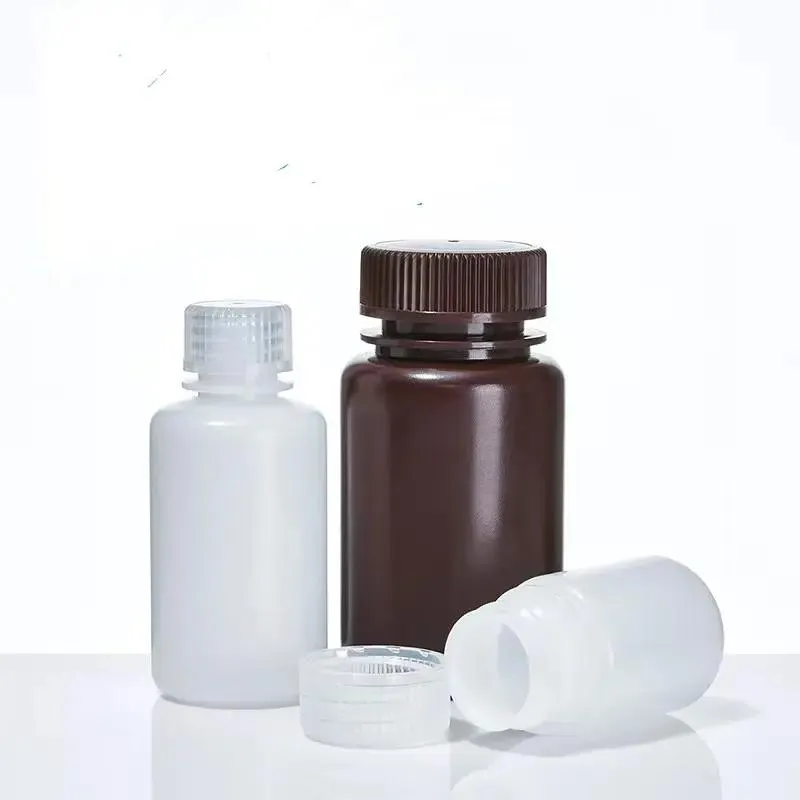
Types of Reagent Bottles: Choosing the Right One for Your Experiment
There are various types of reagent bottles, each tailored to specific laboratory needs. The most common types include glass reagent bottles, plastic reagent bottles, and extraction reagent bottles, each offering distinct advantages. Glass reagent bottles, often made from borosilicate glass, are highly resistant to thermal shock and chemical reactions, making them the preferred choice for many laboratory settings. On the other hand, plastic reagent bottles made from materials such as high-density polyethylene (HDPE) or polypropylene (PP) are more cost-effective and durable, ideal for storing corrosive substances like acids or bases. Extraction reagent bottles are specialized containers designed for handling solvents used in extraction processes, such as those in organic chemistry experiments. They are built to withstand exposure to volatile substances and ensure that the extracted chemicals remain stable during the process. Understanding the different types of reagent bottles helps ensure that you select the right container based on the specific chemicals you're working with and the demands of your experiment.
Extraction Reagent Bottles: Specialized Storage for Chemical Processes
In laboratory settings, particularly in organic chemistry and other extraction processes, extraction reagent bottles are indispensable. These specialized bottles are designed to withstand the harsh conditions of chemical extractions, such as exposure to aggressive solvents and fluctuating temperatures. Extraction reagent bottles are typically made of high-quality glass or durable plastic to ensure that they do not react with the chemicals stored inside. The design of these bottles often includes features such as narrow necks to reduce the risk of spills, graduated markings for accurate measurement, and tight-sealing caps to prevent contamination or evaporation. By choosing the right extraction reagent bottle, laboratories can ensure that the chemicals involved in the extraction process remain stable, preventing potential contamination and ensuring the success of the experiment. These bottles are especially useful in distillation, filtration, and other separation techniques where the integrity of the chemicals is crucial.
Reagent Bottle Drawing Laboratory: The Art and Science of Laboratory Design
Creating accurate reagent bottle drawings is an essential part of designing laboratory equipment for experiments. Whether you're designing a new reagent bottle drawing laboratory or simply trying to understand the anatomy of reagent bottles, precise specifications are critical for ensuring the containers meet safety, durability, and functional standards. A well-designed reagent bottle drawing helps ensure that the bottle’s dimensions, materials, and features are suited to the chemicals it will hold. This drawing must take into account the chemical properties of the reagents, including factors such as their reactivity, volatility, and storage requirements. Laboratory designers and chemists collaborate to create reagent bottle drawings that will guide the production of safe, reliable, and efficient containers for chemical storage. These drawings serve not only as a visual guide but also as a reference for testing, production, and quality control to ensure that each batch of bottles meets rigorous standards.
Why Choose Reagent Bottles for Your Laboratory Needs?
Choosing the right reagent bottle for your laboratory can significantly impact the efficiency, safety, and accuracy of your experiments. Whether you're dealing with extraction reagent bottles for specialized chemical processes or selecting from the various types of reagent bottles available, these containers provide a safe and reliable way to store and handle chemicals. With their ability to resist chemical reactions, prevent contamination, and maintain the stability of stored substances, reagent bottles are an essential tool in every laboratory. Furthermore, the materials used in these bottles, such as glass or plastic, provide varying levels of durability, chemical resistance, and cost-effectiveness to suit different types of experiments. Whether you're conducting complex organic extractions or simple solubility tests, a reagent bottle ensures that your reagents are stored and handled properly, improving the reliability and safety of your work.
FAQs - Reagent Bottles
What is a reagent bottle used for in chemistry?
A reagent bottle is used to store and handle chemicals, solvents, and reagents in a laboratory setting. It ensures that chemicals remain stable and protected from contamination during storage and use in experiments.
What are the different types of reagent bottles?
There are several types of reagent bottles, including glass reagent bottles, plastic reagent bottles, and extraction reagent bottles. Each type is suited to different chemicals and uses, such as acids, solvents, or chemicals involved in extraction processes.
What is the difference between a glass reagent bottle and a plastic one?
Glass reagent bottles are typically made from borosilicate glass, which is resistant to thermal shock and chemical reactions. Plastic reagent bottles, made from materials like HDPE or PP, are more durable and cost-effective but may not be suitable for all chemicals.
What are extraction reagent bottles used for?
Extraction reagent bottles are specialized containers used in organic chemistry and other processes that involve chemical extractions. These bottles are designed to handle volatile solvents and maintain chemical stability during extraction procedures.
How do I choose the right reagent bottle for my laboratory?
When choosing a reagent bottle, consider factors such as the chemical properties of the substances being stored (e.g., acidity, volatility), the material of the bottle (glass or plastic), and any additional features like graduated markings or tight-sealing caps.
In conclusion, whether you're working in a reagent bottle drawing laboratory or need to choose the right extraction reagent bottle for your experiments, these containers are indispensable for maintaining the safety, stability, and integrity of your chemicals. By selecting the right reagent bottles, you can ensure that your laboratory experiments are conducted efficiently and safely. Explore our wide range of high-quality reagent bottles and extraction reagent bottles today, and ensure that your laboratory has the best tools to support successful experiments. Visit our website to buy the right reagent bottles for your needs and take your laboratory work to the next level!
-
Understanding Reagent Bottles: Essential Tools for Chemistry and Laboratory UseВестиJul.29,2025
-
The Essential Role of Plastic Vaccine Vials in Modern HealthcareВестиJul.29,2025
-
The Essential Guide to Plastic Medicine Bottles: Safety, Manufacturing, and ApplicationsВестиJul.29,2025
-
Spray Bottle: A Versatile Tool for Everyday UseВестиJul.29,2025
-
Screw Cap Reagent Bottles: Reliable Storage Solutions for Laboratory UseВестиJul.29,2025
-
Reliable Medicine Bottles: Ensuring Safety and Convenience in Medication StorageВестиJul.29,2025



